
This chapter contains the detailed class diagrams which will be the starting point for implementation. It also contains information necessary for tracking fulfilment of requirements. For text descriptions of the classes, their attributes and methods and parameters, see appendix B.
Each class in this chapter belongs to a high-level module. Which one is shown in the diagrams below. To see how the requirements are met in the design, it is necessary to read the architecture document [Johansson, 2003] as well. There the high-level modules are listed together with use cases that in a clear way show which module is responsible for satisfying a certain requirement.
This diagram shows a detailed description of classes and in which layer they are. It is a refined version of the module diagram presented in the architecture document [Johansson, 2003].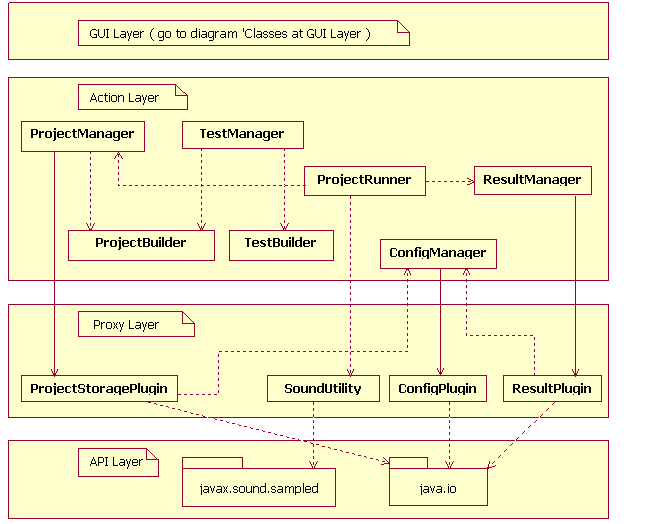
The domain classes can be seen as the primitive data types of AudioJury. They are data containers which encapsulate the data. Their internal relationship reflects the real world relationship between the concepts they model. The domain classes are accessed from nearly all layers in some way.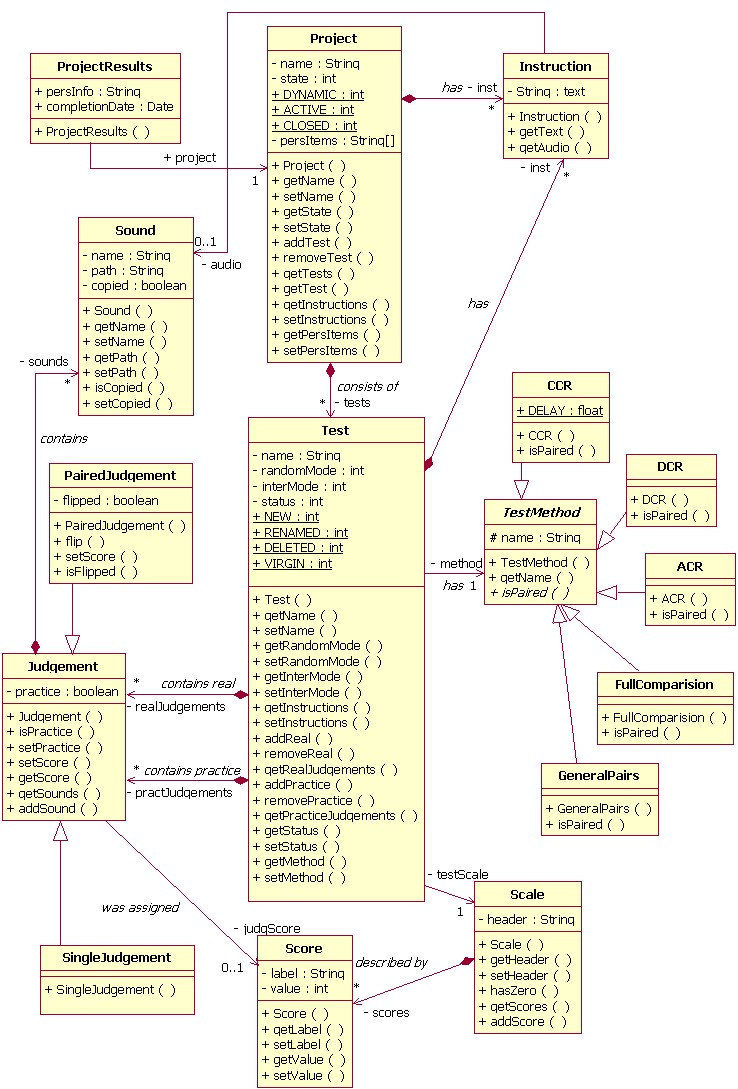
The GUI classes make up visual elements that must be presented in a certain way for tests to be interpreted correctly by the test participant. Some classes have not been designed, since they are trivial, have no logic at all and are already shown in the user interface appendix of the architecture document [Johansson, 2003].
These classes contain the central function of AudioJury and make up the action and proxy layers. See section 8.3, "Detailed layer overview". Many of these classes are single instance classes. See section 3.3.2, "Singleton design pattern".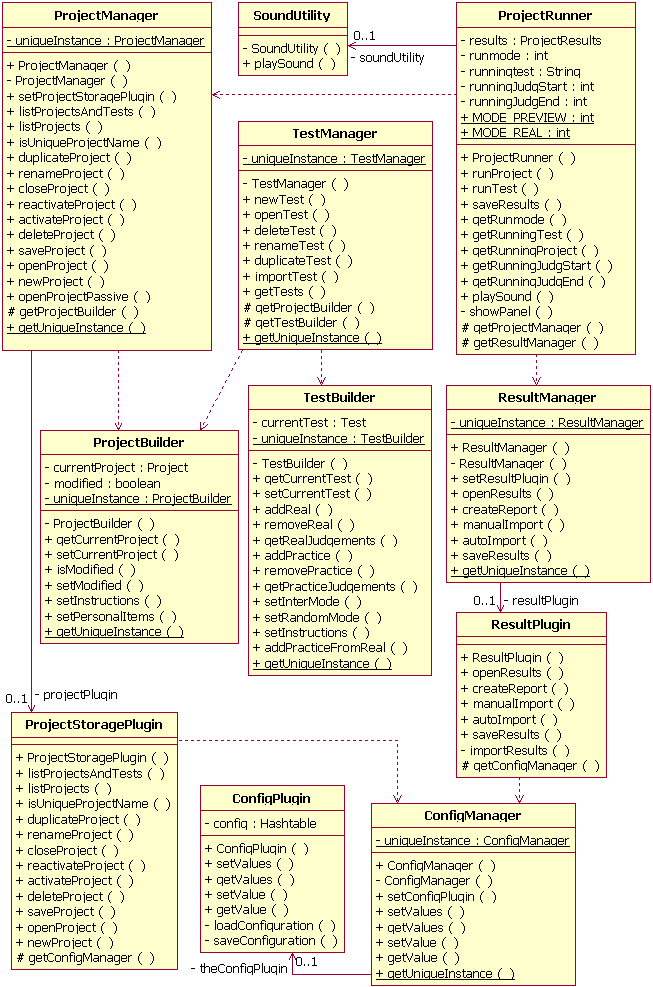
This diagram shows the interface of project processing and how its implementing classes have been designed. See section 3.3.1, "Proxy design pattern".
This diagram shows the interface of result processing and how its implementing classes have been designed. See section 3.3.1, "Proxy design pattern"
This diagram shows the interface of configuration processing and how its implementing classes have been designed. See section 3.2.1, "Proxy pattern".
Even though this is the most general design for instructions, it was rejected since there will be no future need for adding more instruction types. The chosen design is shown in section 8.4, "Domain classes".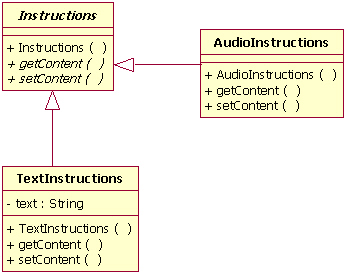
This judgement design was rejected because it does not allow judgements with an arbitrary number of sounds.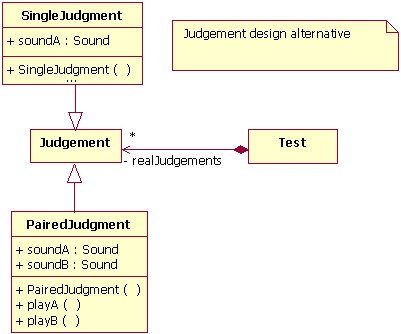
This test class was rejected because we needed a more detailed way of describing methods. Therefore, a complete class was devoted for that instead of just identifying it with a string.
In this design alternative the results are stored in the TestResults class. This is bad because results belong to a specific judgement and should be stored there.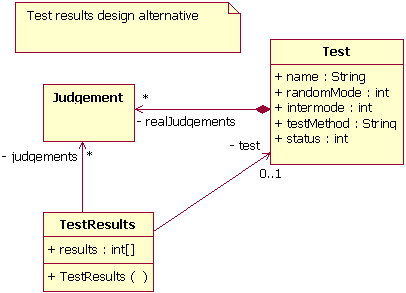
|
Quadralay Corporation http://www.webworks.com Voice: (512) 719-3399 Fax: (512) 719-3606 sales@webworks.com |